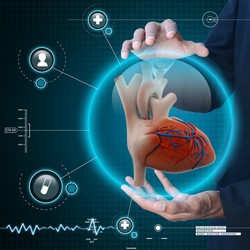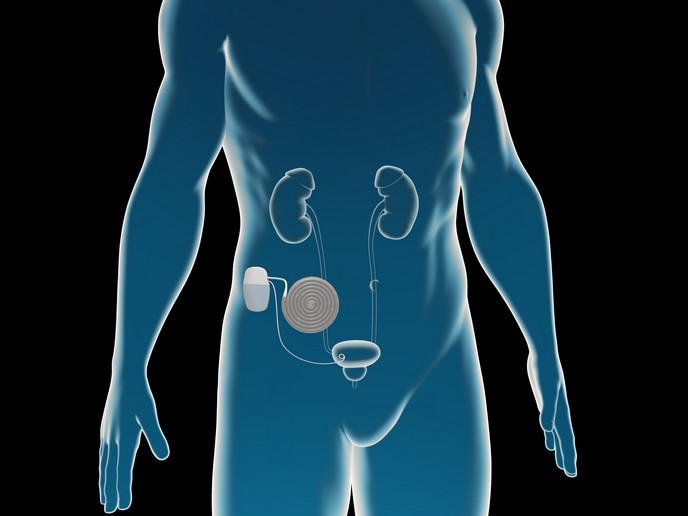Virtual heart model – a blend of the biological, electrical and mechanical
Multiscale modelling would allow researchers to study changes from the molecular to the system level for analyses and selection of appropriate treatments. This would help clinicians avoid a trial and error strategy for heart disease and facilitate a systematic, personalised simulation-aided treatment approach. Scientists with the VHEART (Virtual heart models: Multi-physics approaches to computational cardiology) project have worked to represent the complex bio-electro-mechanical mechanisms in cardiac function and disease. This would enable them to monitor the structural and functional changes in the dead tissue area after heart failure. Researchers used a mix of unconditionally stable finite element algorithms to construct a mono- and bi-domain approach for propagation of the electrical stimulus in heart muscle. Moreover, they developed a coupled chemo-electro-mechanical model to predict the interaction of chemical, electrical, and mechanical fields for three biological scales during a cardiac cycle. The models can be used to predict the efficacy of the new generation of pharma drugs as well as tailored personal treatment. On another level, the biochemistry at cell level can be projected to give a picture of global cardiac function. The one-dimensional model as applied to muscle has been generalised to the 3D setting and incorporates the active-stress and active-strain approaches into a unified framework. VHEART researchers anticipate that this generalised approach can also be applied to smooth muscle, skeletal muscle as well as cardiac muscle. This promises to provide sound insight into dysregulated excitation-contraction coupling in various diseases such as gastrointestinal tract disorders and neuromuscular diseases. For heart disease specifically, the researchers have studied tissue death, infarction as well as cardiac remodelling as a result of stress on the heart. Conditions include increase in ventricle wall thickness and dilation of the left ventricle chamber. On the electrophysiological side, fibrillation or irregular heartbeat has been investigated. In all cases, there was good resemblance between the computational results and the clinical reports. The cost of cardiovascular disease to the EU economy alone is EUR 192 billion per year. As part of the clinical procedure, VHEART modelling could well improve therapeutic outcomes by selection of the most appropriate treatment regime.







